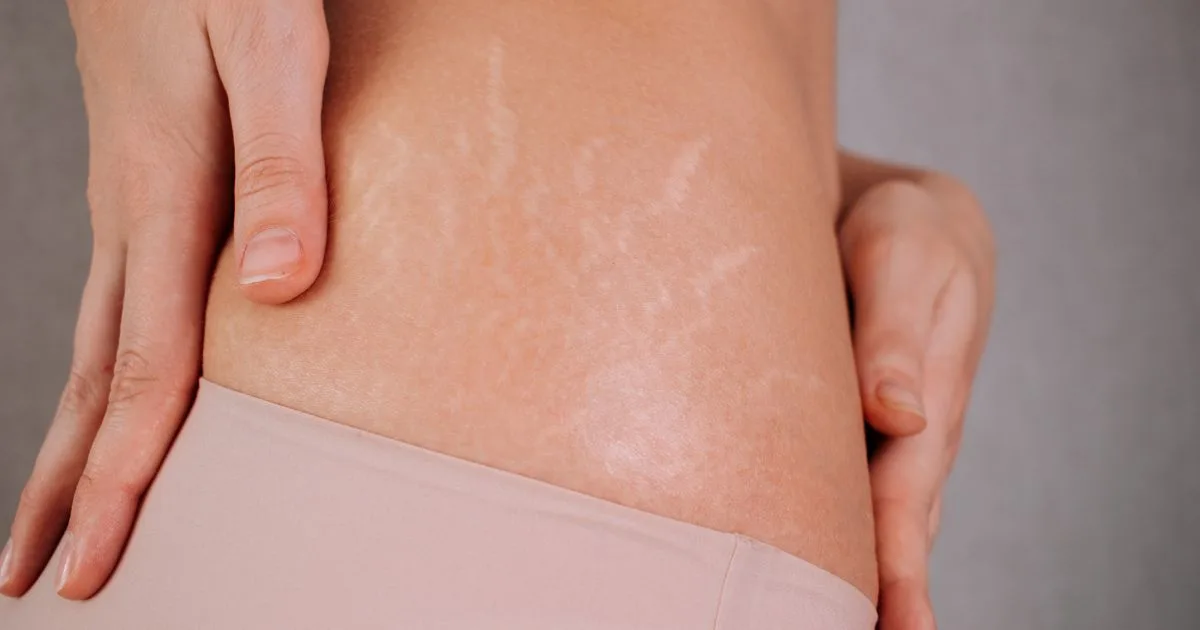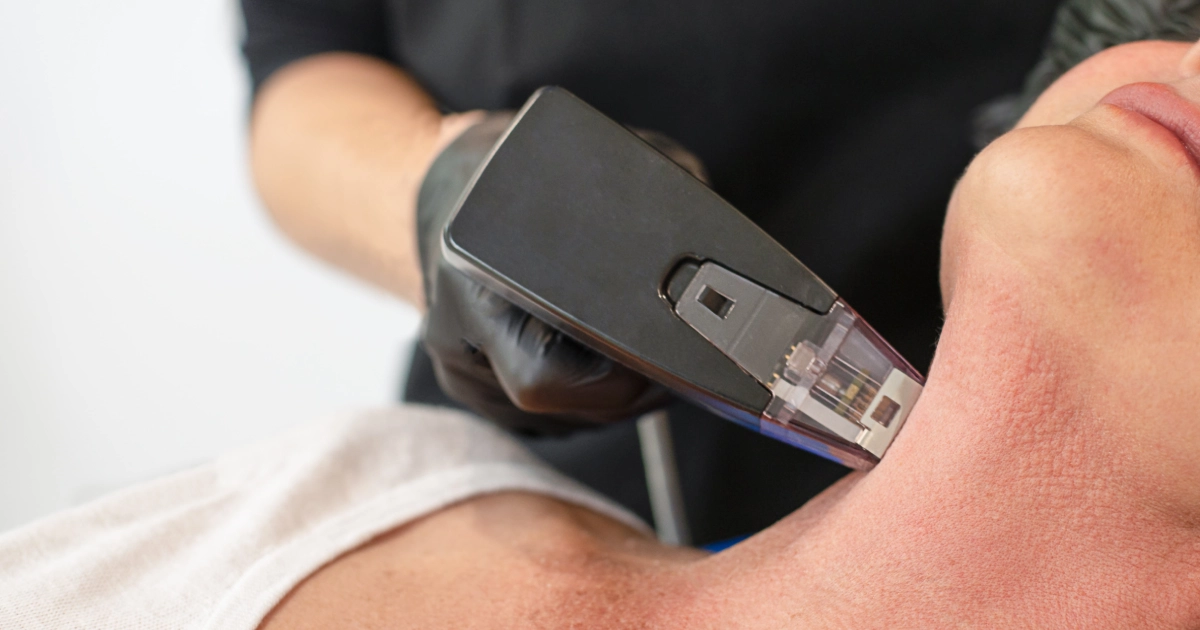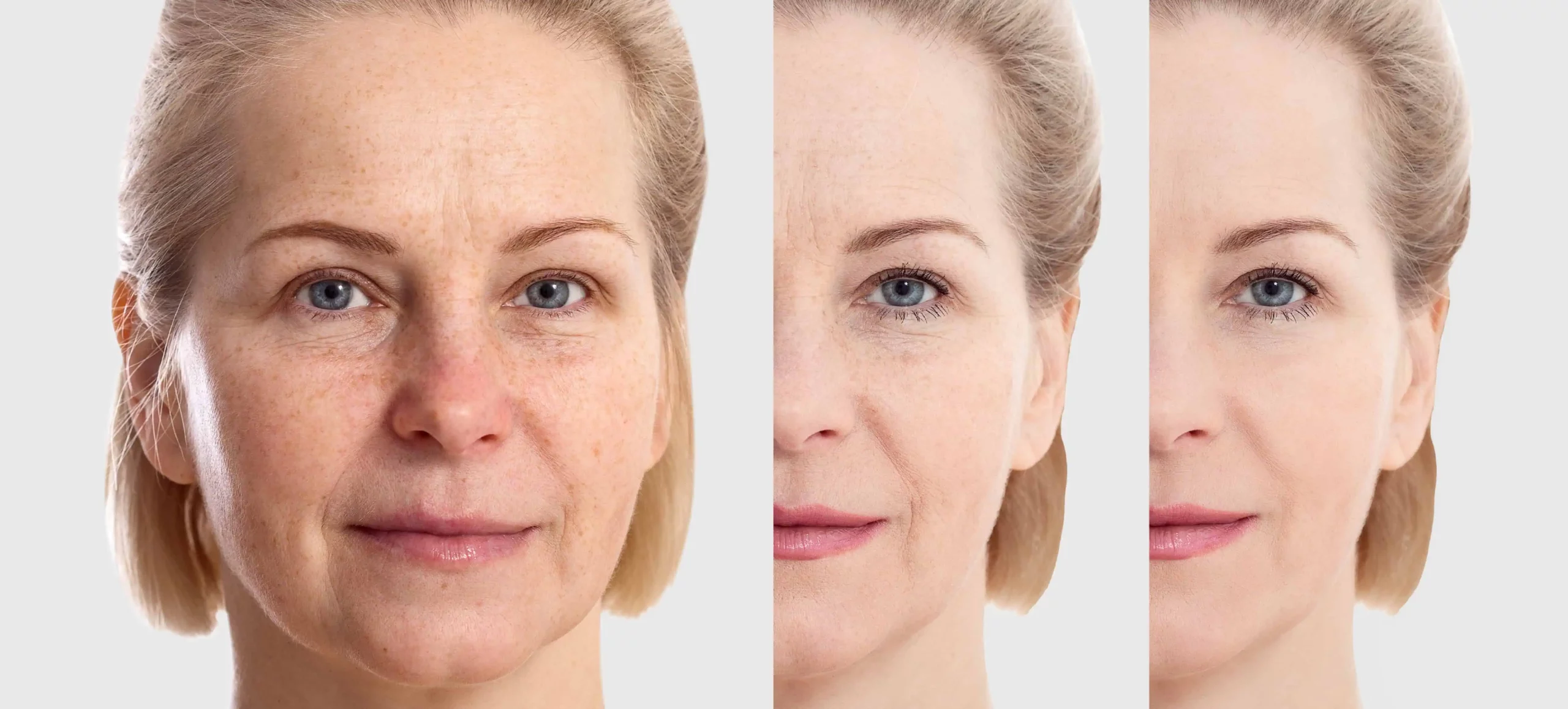Jawline surgery remodels the jaw and chin. It can either be utilized to augment and define the jaw or to diminish the size of the bone for a thinner chin. Occasionally, surgery might be performed to correct teeth and jaws that are not functioning correctly.
If the surgery is for cosmetic purposes, it is unlikely that insurance will cover it. Depending on the type of surgery, the operation can range in price from $6,500 to $56,000.
Suppose you are unhappy with the looks of your jaw, suffer from TMJ-related pain, or are unsatisfied with the results of Botox on your jawline. In that case, you may be a good candidate for jawline surgery.
As the jaw might change with growth, you should wait until you are entirely developed before considering this treatment.
How does jawline surgery work?
Jawline surgery reduces the size of the jaw by shaving bone. This surgery is occasionally included in facial feminization. A jaw reduction focuses on the area behind the ears, behind the jaw. It can help smooth down protrusions and provide a minor appearance to the face.
A chin implant, a particular type of surgery, is a choice. This treatment entails placing an implant around the patient’s natural chin to create a more prominent, pointed jaw.
Method for jawbone surgery
For the majority of jawline procedures, general anesthesia will be administered. Typically, cuts are made inside the mouth, so there is no visible scarring. If your jaw or teeth are misaligned, they will be adjusted after being cut.
Tiny bone plates, screws, wires, or rubber bands may be utilized to anchor the jaw in its proper position. Permanent screws that will integrate into the jaw over time.
A small incision will be made between the gum and the cheek within the mouth for a jaw reduction. Your doctor will also remove a portion of bone using a laser or micro saw.
Target Areas
The focus of jawline surgery is the jaw, chin, and teeth. Depending on the patient’s need, it can be performed on either the upper or lower jaw.
Jaw Reduction Surgery in Walnut Creek Aesthetics
In our clinic, Botox or Dysport jaw reduction is a specific technique for reducing the width of the jawline, transforming an excessively square jawline into an oval or heart-shaped face. The masseter, a chewing muscle, is enlarged in some patients, resulting in increased face breadth.
With the help of Botox (or Dysport) treatment, the muscle selectively over time, reducing its overall size. Jaw reduction can produce a natural, subdued enhancement of the area without the recovery period or potential risks of surgery.
Surgical reduction of the mandible might result in sensory problems, dental alignment concerns, and possibly TMJ pain. As stated, Botox jaw reduction is one of the therapy options for TMJ pain.
If you’re finding the best partner for this treatment, you can contact our clinic anytime. At Walnut Creek Aesthetics, our injectors are highly trained and specialize in the masseter injection technique. Reach us today so that we can help you achieve your aesthetic goals!
Is there downtime?
As with most Botox / Dysport injections, it does not require any recovery time. Some individuals may notice a brief period of redness or swelling at the injection site, which should pass rapidly. It is a typical lunchtime practice.
How many treatments do I need?
There is typically no specific quantity of Botox units or dosage used to treat masseter hypertrophy. As with all other areas treated by Botox or Dysport, the treatment differs from patient to patient. The average for most patients is 20 to 25 units on each side, with significant variance based on muscle size.
How long will it take?
After receiving two Botox injections, most patients do not require future treatments. Those seeking additional contouring often undergo injections every six months.
Is there anything to do to sustain this treatment?
Chewing gum can mitigate the side effects of this surgery. Limiting gum consumption can help reduce the consequences. Commonly, a patient has a follow-up therapy within the first two to four months; the typical treatment plan is approximately every six months, but this can vary from case to patient.
Possible risk and side effects
As with the majority of facial operations, jawline surgery carries some risks and adverse effects, such as:
- Inflammation
- Blood loss
- Infection
- Nerve injury
What to anticipate following jawline surgery
It is typical to experience face swelling following surgery, and the length of your hospital stay will depend on your procedure’s extent.
Doctors will guide you on what to eat and drink, painkillers to take, sleep without disturbing the jaw, and when to return to work or school.
After the procedure, you should not smoke, engage in intense activities, or exercise. As soon as the swelling gets over, you will see instant and permanent effects, but you may still need braces to align your teeth.
Schedule your appointment today.
Finding a qualified surgeon to conduct jawline surgery is vital. If feasible, it is advisable to contact your trusted provider in advance and inquire about the treatment and any necessary aftercare.
If you miss it, you can consider our experts here at Walnut Creek Aesthetics. We are happy to serve you and evaluate the best for your goals. Book an appointment with us today!








